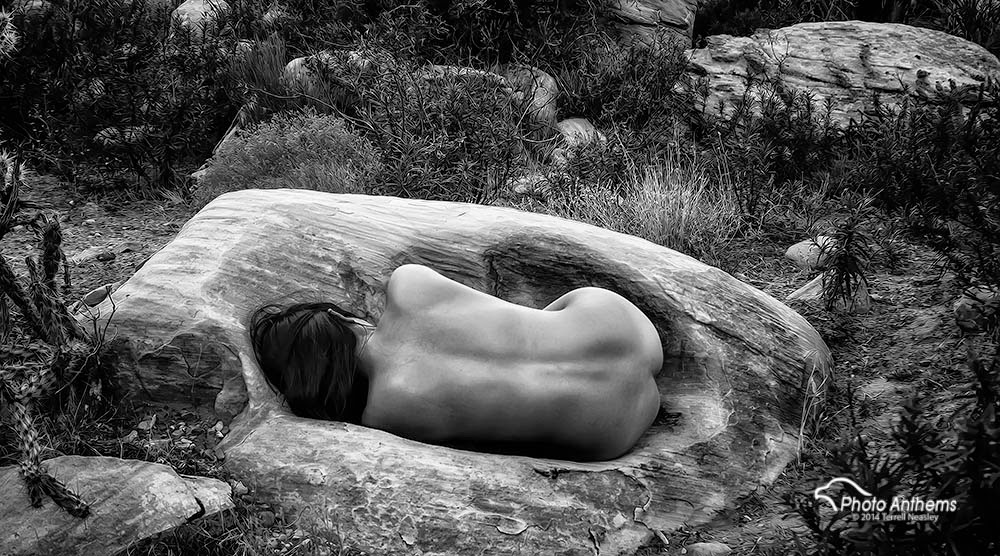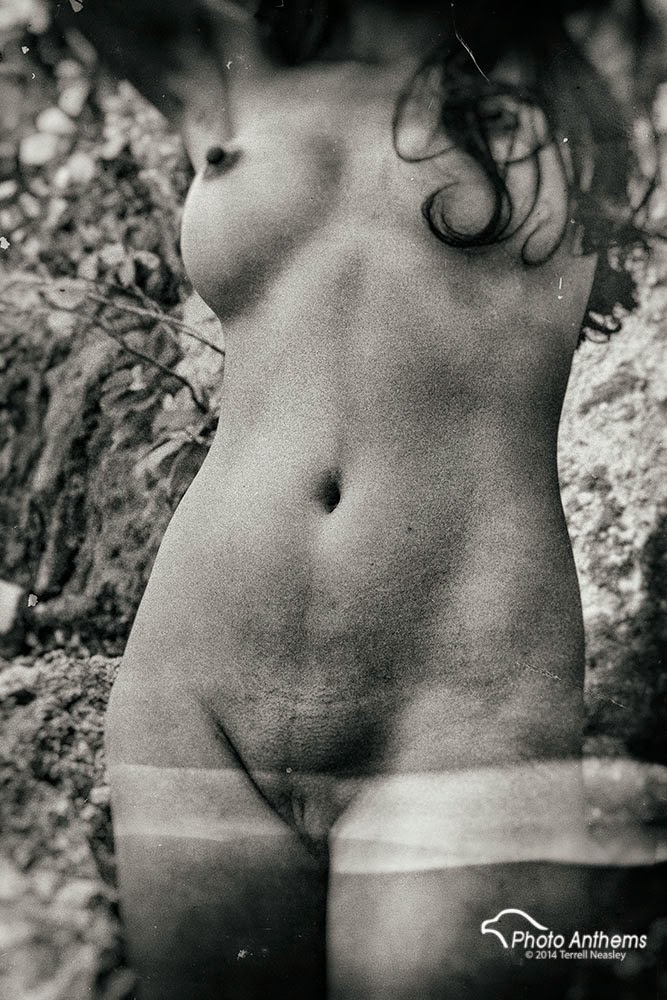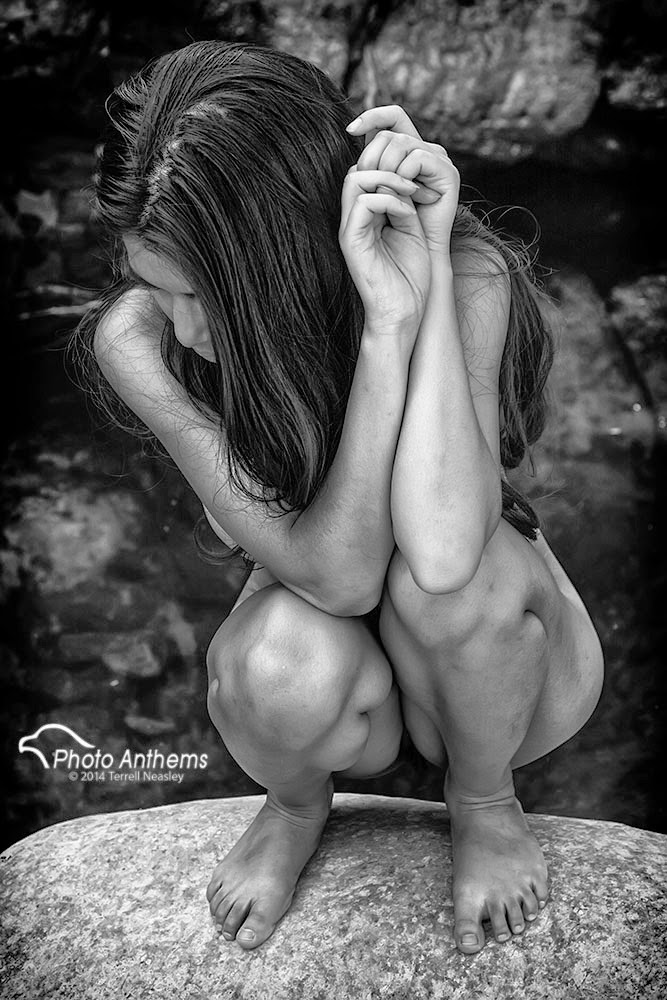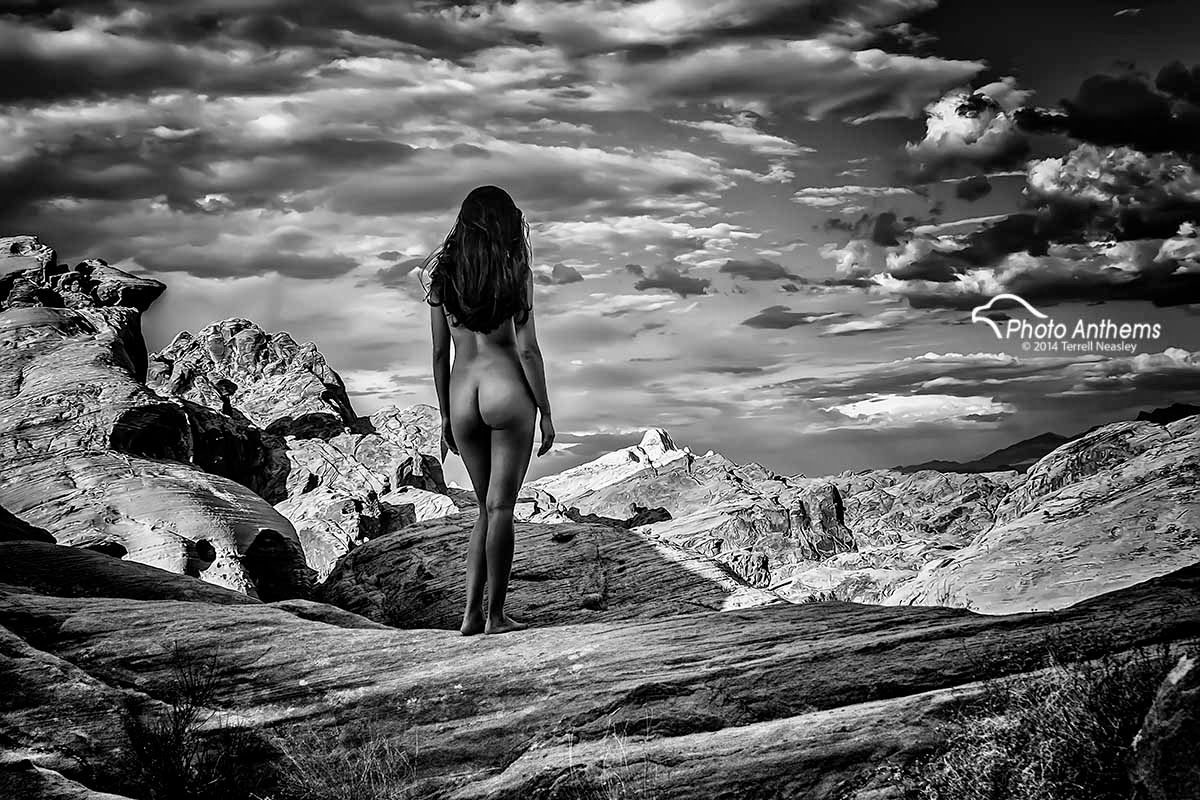 |
| Art Model and Performer, Mercy ©2011 Terrell Neasley. Men's Room. |
Sometimes you just have to get off your ass and go. I'm still harping on the
Bringing Back the Passion that I started earlier this month. I followed that post up with a post on
Flash and then again with
Ambient (light) as some easy alternatives to help you blow on those embers that could ignite your photo passions again. So LOCATION is what I wanna cover at the moment. Why? Cuz its easy. You simply get your ass up out of the house and go someplace with the explicit and direct intent to photograph something.
Urban
Sometimes people will tell you to start in your own back yard. Nah. Not good enough. You are still too comfortable in your own house and yard. I don't see that as "blowing on any embers". To fan the flame, you have to go beyond, but you still need a place to start. Downtown is good enough as a beginning point if you like. I live in Vegas, so downtown here is the Las Vegas strip. Or so you might believe. Actually, downtown is
FREMONT STREET! Its a little different but yet similar to the Strip. A different kind of folk walk those streets and a many of characters will present themselves for your photographic pleasure.
 |
Art Model and Blogger, Wonderhussy ©2008 Terrell Neasley
Erotic Heritage Museum |
But there are still other urban areas in Vegas and you have them where you live too. Well, unless you're living out in the sticks, in which case you might have a further drive than most. But Street Photography can be the thing you need to rejuvenate and get a fresh start in photo again.
Look up some examples of popular street photo work. Not to necessarily copy or emulate, but rather to just see what the possibilities are. Walk around first before you even pull your camera out. Observe. Listen. Smell. See the potential scenes that lie before you. In the Army, as we'd begin our patrols, we would stop a few hundred meters in, take a knee and become familiar with the sights, sound, and smells, of the environment we were about to immerse ourselves in. We called it SLLS, or sills. Its the same thing here. In this case, it can help you see and anticipate events that might be developing and thus better prepare you to capture that decisive moment. This can make the difference between THAT shot and JUST ANY OLD shot.
You can pick a theme to help you focus and look for something. Shooting the homeless has been very popular, but I find that to be a tough one sometimes, personally. You may want to concentrate on signs or door knobs. I've done newspaper wracks and stands. Shooting bus stops might be an option as well as photographing street vendors. You can also change your perspective a little. Everything doesn't have to be done from an eye level perspective! Get down! I mean it. Get low to the ground and see the world how a dog might view it. Or change it up and shoot from above and get a bird's eye view of things. Just change it up so things don't get predictable or boring. You may do photo for yourself, but you still want others to see it. Show them something fresh.
Out and About in Nature
I can dig some urban, but now we're getting into my scene! The woods! The desert! The mountains! As well as the BEACH! Natural surroundings appeal to me most. Especially spots where I have to get off the beaten path a bit. Seeing new things in God's creation can heat up the coldest of passions and make it blaze. I've been to spots that make you want to put down the camera and just keep it to yourself. If you can, bring a friend along whose company you enjoy OR somebody who knows the area and can be a guide of sorts. Its not always fun to get lost ( though sometimes it can be!). I can't tell you how many people I've taken out into the boonies...who have lived nearby all their lives...and yet had never previously seen the beauties that
Red Rock has to offer. Or
Lake Mead,
Valley of Fire, or either of the hot springs near Hoover Dam at
Goldstrike and
Arizona. All these areas are within a hour of Vegas.
 |
| Art Model, Covenant ©2014 Terrell Neasley. Nevada desert |
You'll have to find out what appeals to you in these natural settings. For me, I can say a good, unique landscape vista is what I find most captivating. On the other hand, you may be more interested in the wildlife or birds. Photographing big horn sheep will be vastly different than photographing humming birds or egrets, mainly in the lens choices. You'll need some telephoto action, but you don't have to have as fast of a lens as you might with hummingbirds. Flowers are highly popular to shoot. Again, lens choices come into play. If you like to shoot a field of wild flowers, a normal zoom or better yet a wide-angle lens would work. However if you're wanting to get close enough to depict the petals and stamen of the Angel Trumpet flower, then a macro lens is your best business. You may also need to be on a tripod in many cases using a remote switch/cable release.
Book a Flight
Now this requires just a bit more dedication than most people have the stomach for, but hear me out. It doesn't take as much as you think to hop on a plane and go somewhere. You can sign up on some of these websites such as
Hitlist (an app, actually) or
OneTravel and get updates on cheap flights for places you have let them know you're interested in. I routinely get limited time offers for $100 flights. A flight to
San Pedro Sula in Honduras will only run you $350. You can use these opportunities to head to Seattle for the weekend. I already hear what you're saying..."But then you have to find a place to stay!" True. Which is where
CouchSurfing.org comes into play. There are people out there that offer their homes to travelers for free. I've meet some great people doing this. Sign up, check it out. Sometimes its short notice. Other times its planned months in advance. So you may have to rent a car, but if you're going to bitch about how expensive that is, then photo may not be for you. I mean, there are deals left and right. YES, you will spend money.
 |
| Anonymous Art Model, ©2014 Terrell Neasley San Juan del Sur, Nicaragua |
You're not gonna do photo without spending money. So either come to terms with that notion or take up treasure hunting with a
metal detector on the beach. Some people find that very soothing and quite rewarding. Ain't no shame in that. Photo may not be the thing for you. Me...? I just want you to be happy. Get a camera, take some pics. If it's not for you, take up dance lessons. But my purpose is to holla at you about photo, so that's what I'm about. Its all about choices and what you choose to prioritize. You can make getting that new car stereo for $600 your priority if you so choose. You can also get a new wide-angle lens for your crop-sensor camera for even less than that. Book at trip to El Salvador for that same $600. Whichever will be the more rewarding experience...that's what I want you to go for. Now get to it.










































